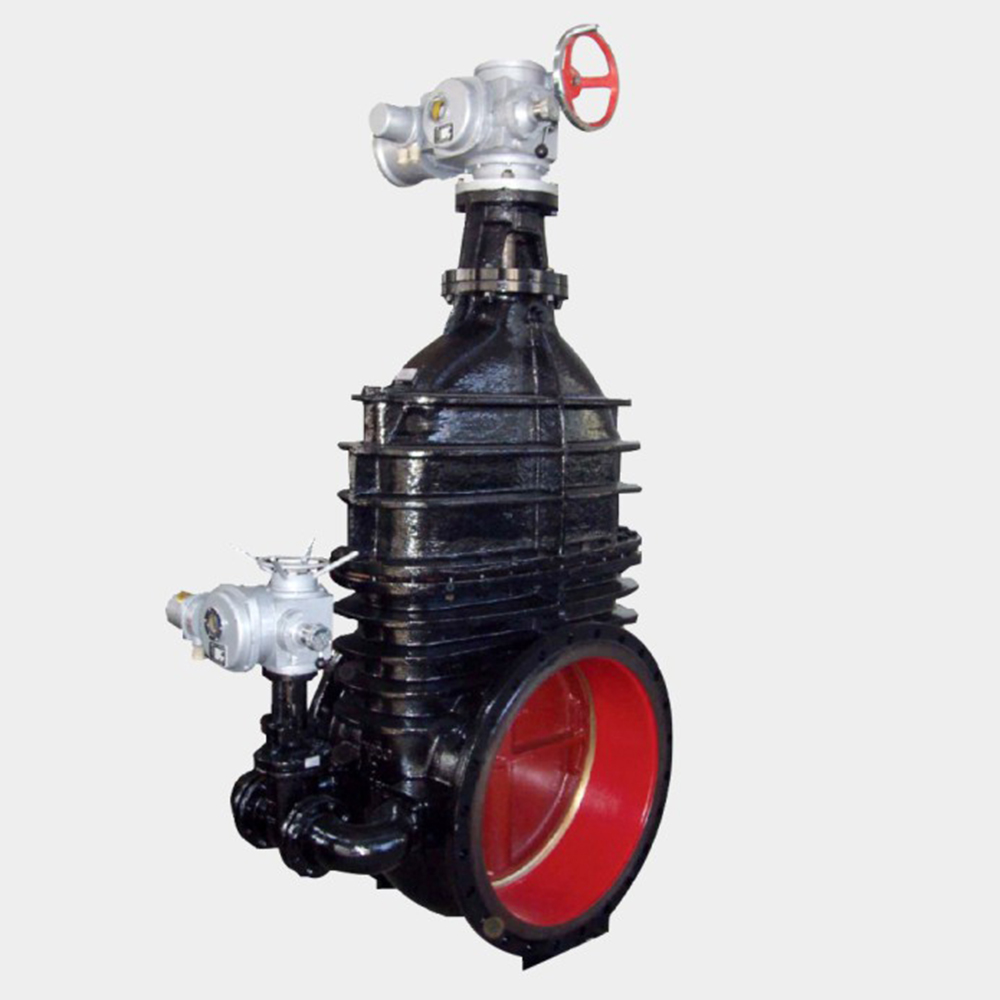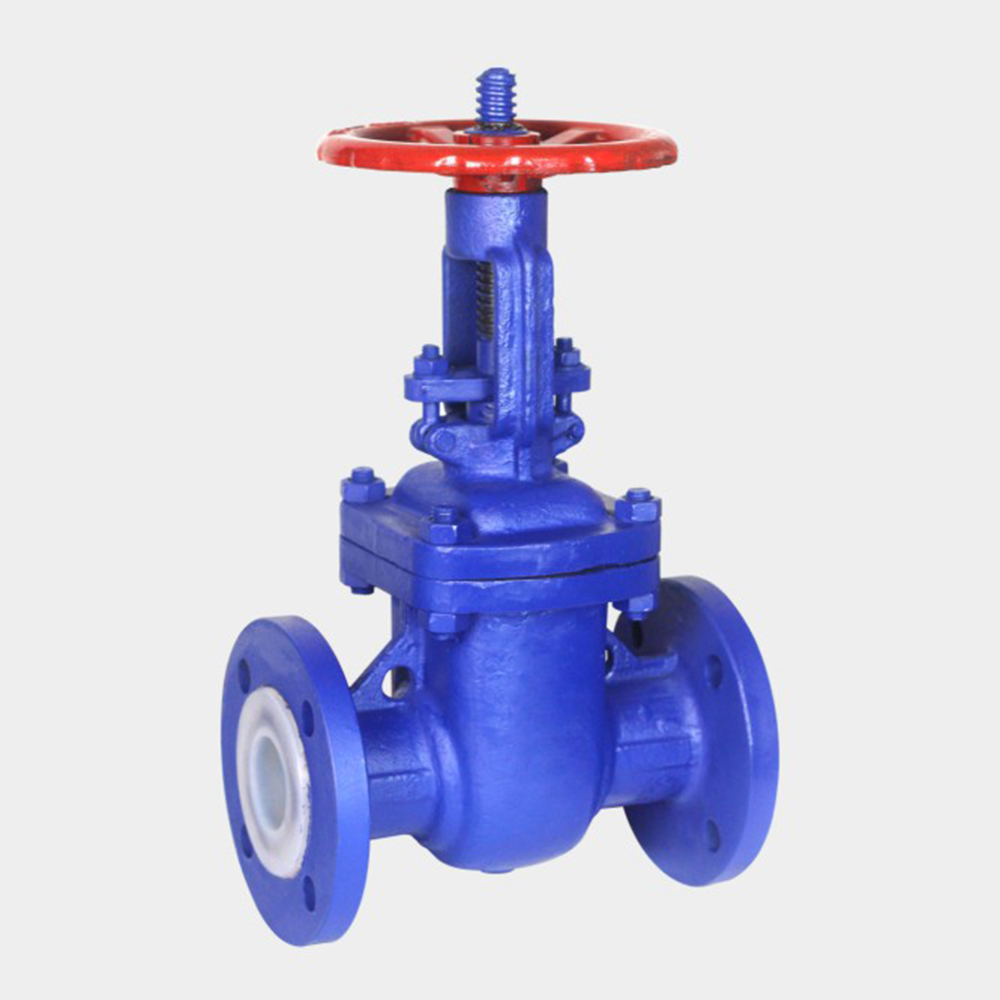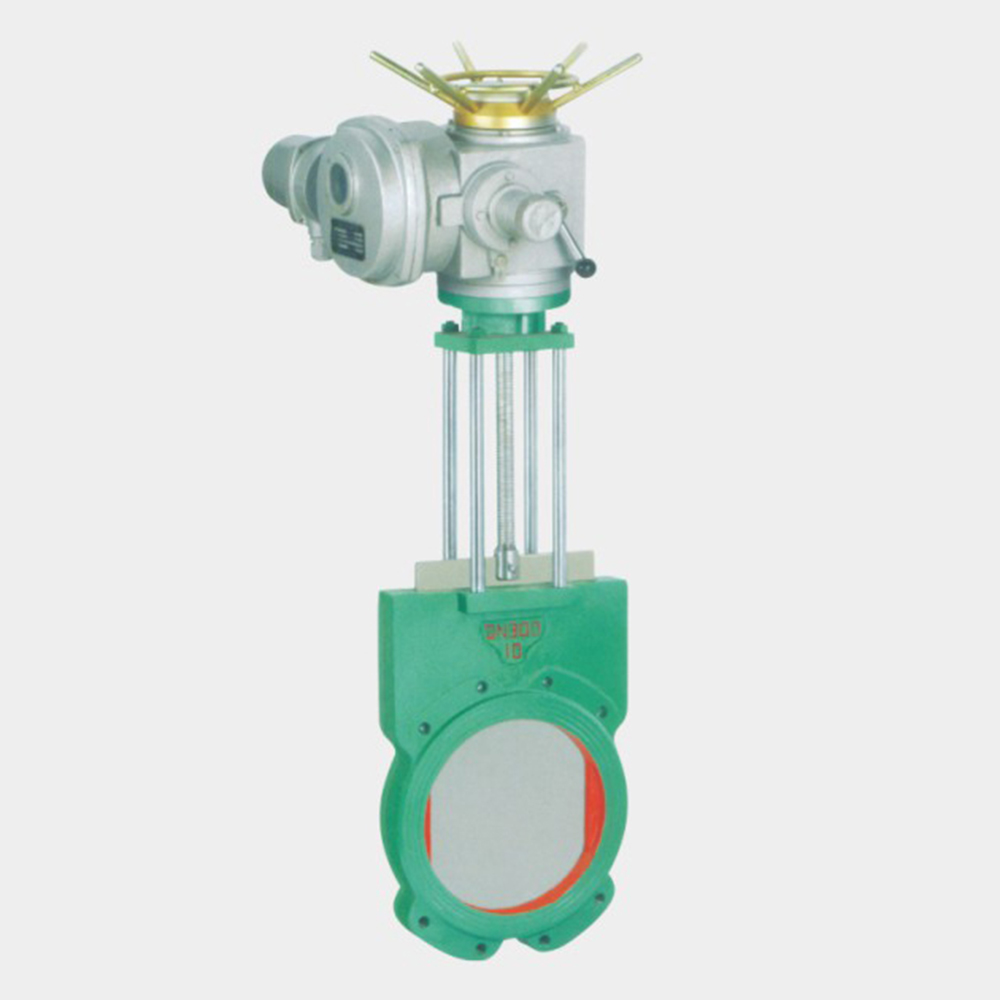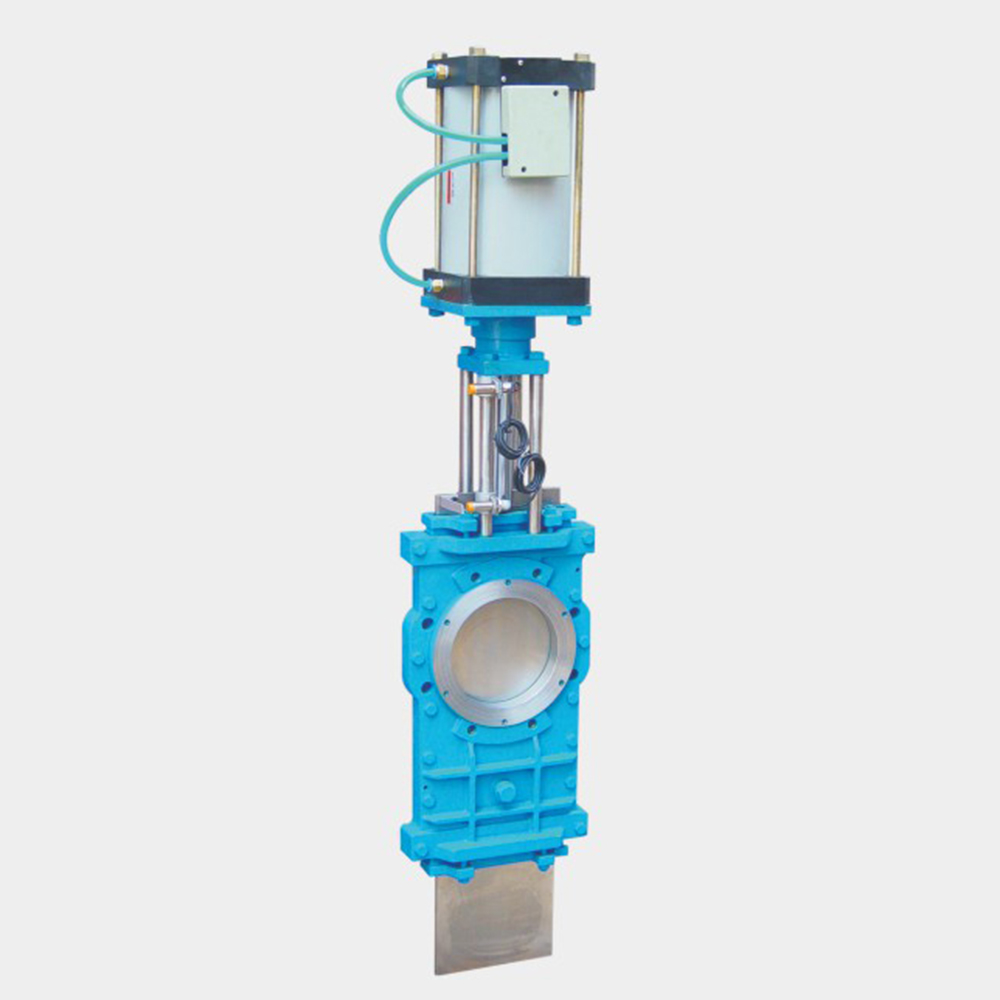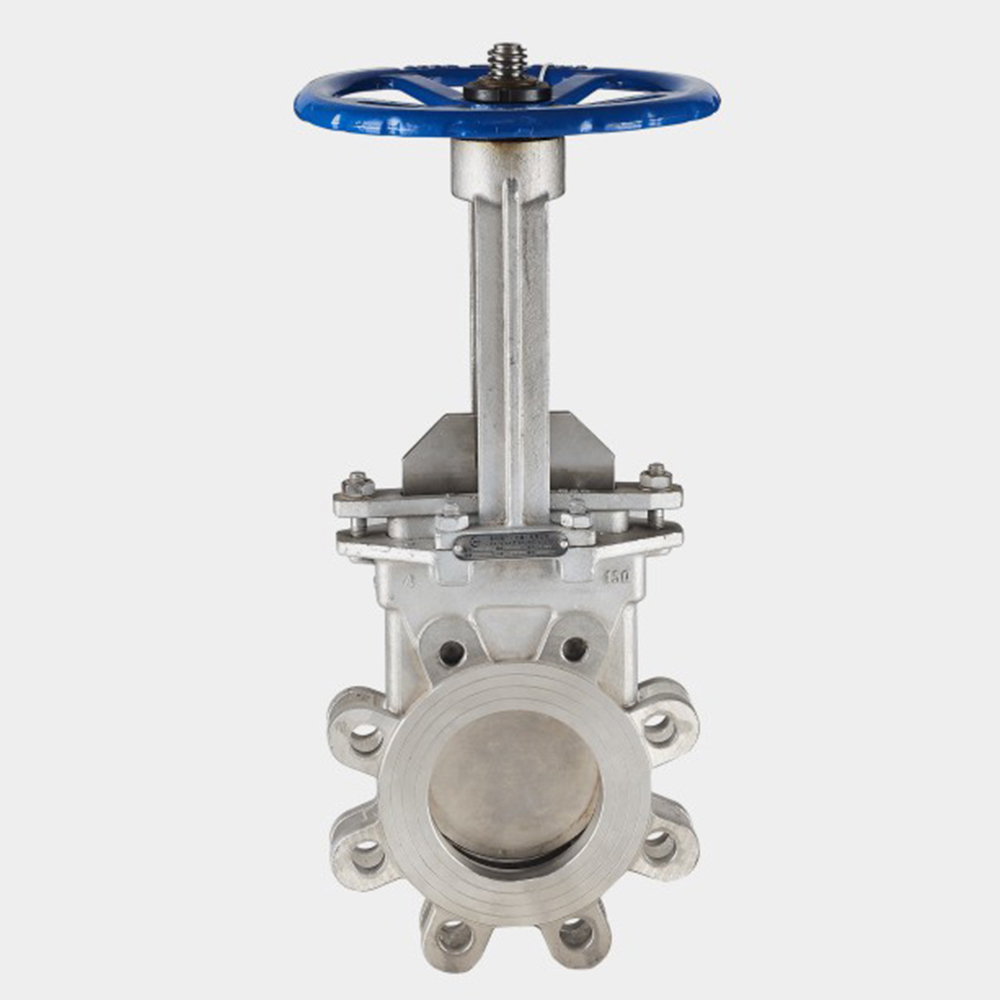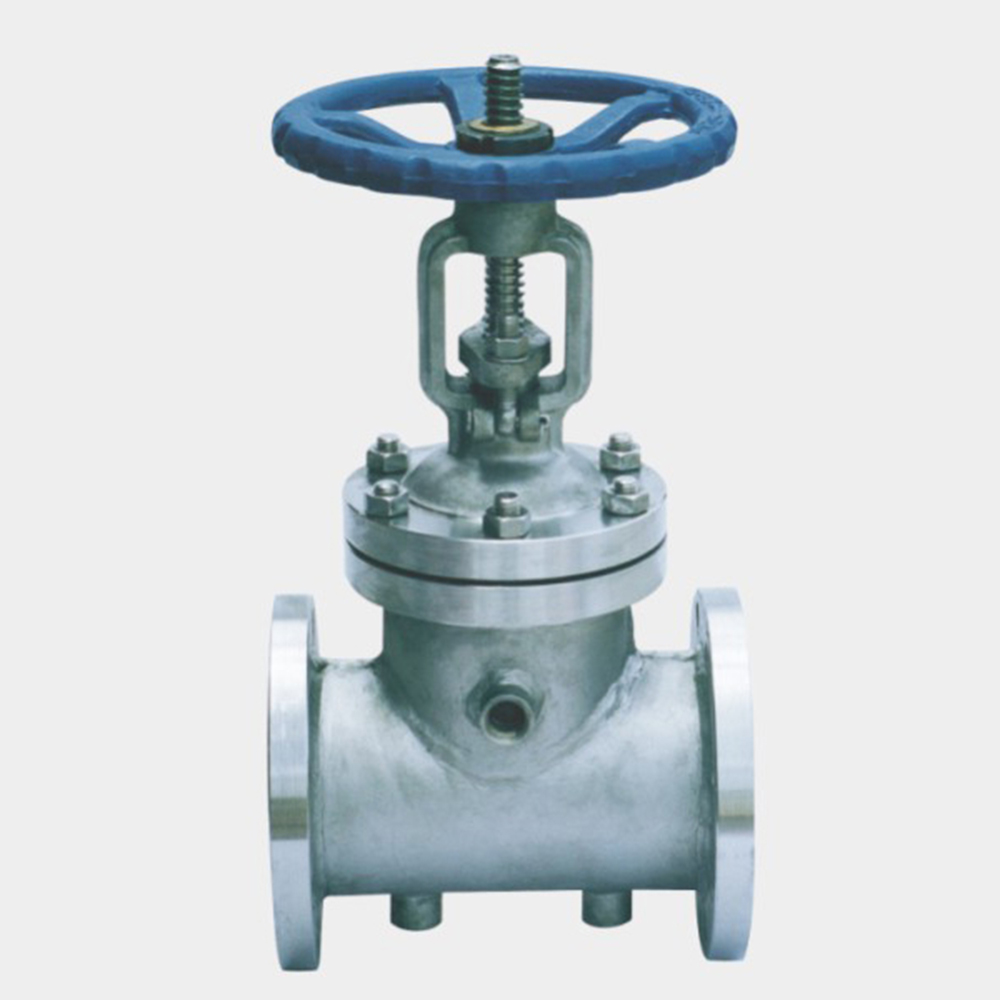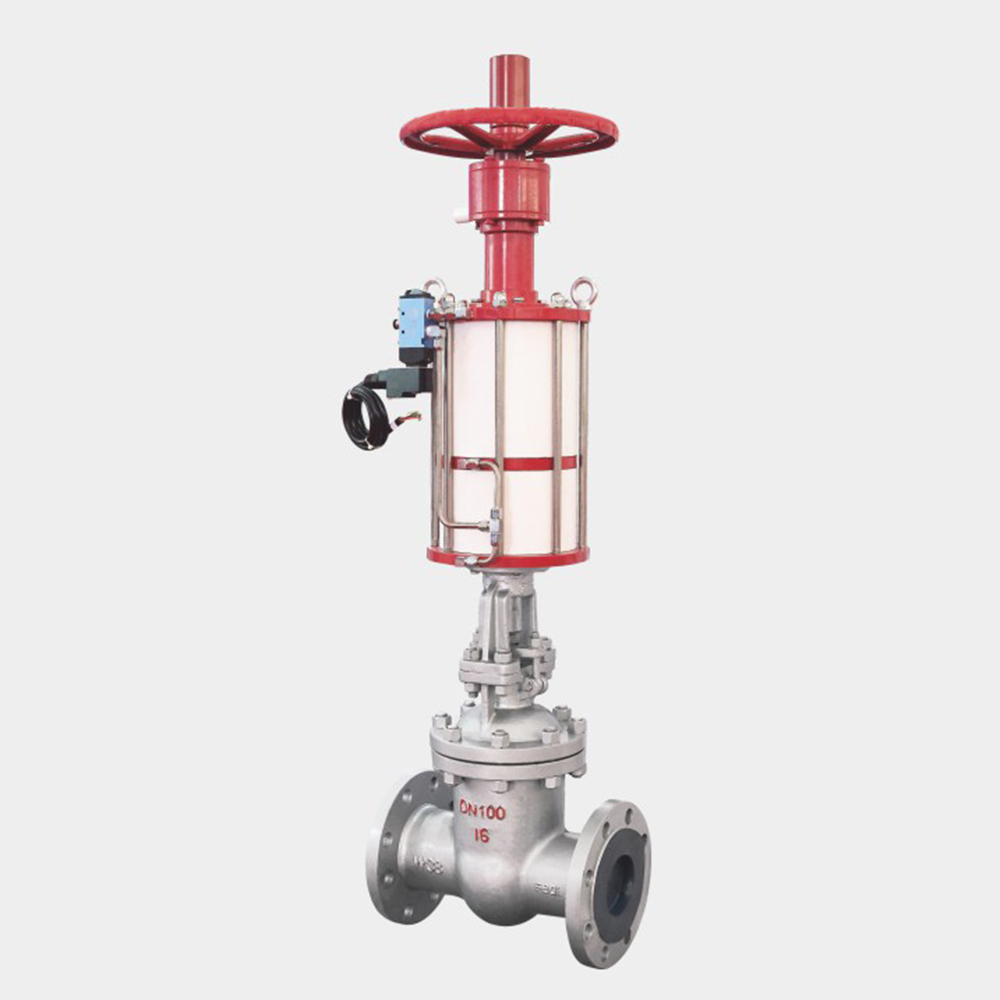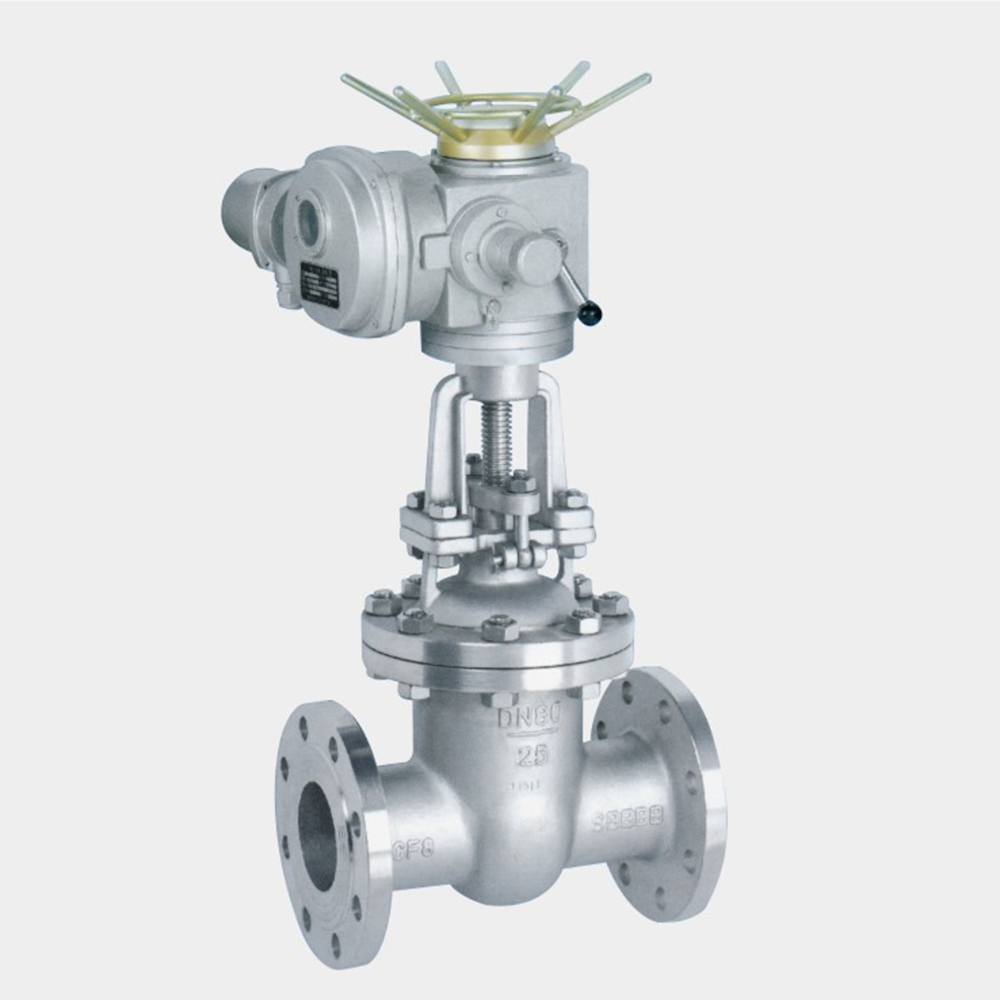0102030405
Regulating valve main accessories - valve positioner regulating valve detailed classification
2022-11-25
Regulating valve main accessories - valve positioner regulating valve detailed classification Valve positioner is the main accessory of regulating valve, and the pneumatic control valve, it accepts the output signal of the regulator, and then with its output signal to control the pneumatic control valve, when the valve action, the displacement of the valve stem and through the mechanical device feedback to the valve positioner, valve position through the electrical signal to the upper system. Valve positioner according to its structure and working principle can be divided into pneumatic valve positioner, electric-gas valve positioner and intelligent valve positioner. The valve positioner can increase the output power of the regulating valve, reduce the transmission lag of the regulating signal, accelerate the speed of stem movement, can improve the linearity of the valve, overcome the friction of the stem and eliminate the influence of the unbalanced force, so as to ensure the correct positioning of the regulating valve. The actuator is divided into pneumatic actuator and electric actuator, with straight stroke and Angle stroke. Used to automatically and manually open and close all kinds of doors, air panels, etc. Valve positioner in use, usually need to match with the regulator, is one of the main components of the regulator, it can receive the regulator signal output, and then control the regulator, the ultimate electrical signal transmission to the upper system, here introduces some valve controller in the use of matters needing attention. 1. In some important regulating systems, supporting the use of high quality regulating valves, can effectively improve the positioning of the valve and reliability. 2. Sometimes the pressure difference between the two ends of the valve is relatively large. In order to help the valve core overcome the unbalanced force, the pressure value of the air source can be increased to reduce the error. 3. When used in some places with dangerous properties, it will be filled with very compact filling material to prevent the leakage of the adjusted medium, such as liquid or gas with high temperature, toxic, flammable, low temperature and other properties. This approach increases friction within the device, and the use of a valve positioner is a good way to solve these problems. 4. Some medium with certain particles or viscosity will bring great resistance to the stem of the regulating valve. The use of valve positioner can help the stem overcome great resistance. 5. When the distance between the actuator and the regulator is large, the valve change action will become relatively slow, and the valve positioner can also well reduce the lag time of the control signal. Common positioners work on the principle of mechanical force balance, that is, nozzle baffle technology. The main fault types are as follows: 1. Because of the mechanical force balance principle, the movable parts are more, easy to be affected by temperature and vibration, resulting in the fluctuation of the regulating valve; 2. Using nozzle baffle technology, because the nozzle hole is small, easy to be blocked by dust or unclean air source, so that the locator can not work normally; 3. Using the principle of force balance, the elastic coefficient of the spring will change in the harsh scene, resulting in the nonlinear control valve leading to the decline of the control 1 amount. 4 Intelligent locator by the microprocessor (CPU), A/D, D/A converter and other components, its working principle and the ordinary locator is completely different, the given value and the actual value of the comparison is pure electric signal, is no longer a force balance. Therefore, it can overcome the disadvantages of force balance of conventional positioner. However, when used in the emergency parking lot, such as the emergency cut-off valve, emergency vent valve, etc., these valves require static in a certain position, only when an emergency occurs, it is necessary to act reliably. If you stay in a certain position for a long time, it is easy to make the electrical converter out of control and cause the danger of small signal no action. In addition. Because the position sensing potentiometer used for valve works in the field, the resistance value is easy to change resulting in the danger of small signal no action and large signal full on. Therefore, in order to ensure the reliability and availability of smart locators, they must be tested frequently. Classification and type of regulating valves: Regulating valve is also known as control valve, proportional valve, flow valve, pressure valve, pressure reducing valve and throttle valve strictly speaking is also regulating valve. The market generally did not put these two types of induction into the regulator class. Taichen regulating valve is generally divided into pneumatic regulating valve, electric regulating valve, manual regulating valve, self-reliant regulating valve and so on. The operation mode of pneumatic regulating valve is driven by the pneumatic device (using gas energy) to regulate and open and close the valve. This kind of regulating valve is divided into pneumatic film regulating valve, pneumatic film three-way regulating valve, pneumatic film cutting valve, pneumatic single-seat regulating valve, pneumatic two-seat regulating valve, pneumatic piston cutting valve, pneumatic regulating ball valve, pneumatic regulating butterfly valve and so on. Electric regulating valve is driven by electric actuator (electric energy) to close, open and adjust the valve, this type of regulating valve is divided into electric single-seat regulating valve, electric two-seat regulating valve, electric cage type regulating valve, electric Angle regulating valve, electric three-way confluence regulating valve, electric through single-seat regulating valve, electric regulating butterfly valve, electric regulating ball valve and so on. Self-reliant pressure regulating valve is to use the energy of the medium itself to drive the valve opening and closing and regulating effect, this kind of regulating valve is divided into self-reliant pressure regulating valve, self-reliant temperature regulating valve, self-reliant flow regulating valve and so on. Regulating valve detailed classification introduction: The regulating valve is usually composed of two parts: electric actuator or pneumatic actuator and valve body. Straight travel mainly has two kinds: straight single-seat type and straight two-seat type. The latter has the characteristics of large flow capacity, small unbalance operation and stable operation, so it is usually especially suitable for the occasion of large flow, high pressure drop and less leakage. Angle stroke mainly includes: V-type electric ball valve, electric butterfly valve, ventilation regulating valve, eccentric butterfly valve and so on. Large classification of regulating valve: Electric regulating valve is an important unit instrument in industrial automation process control. With the increasing degree of automation in the industrial field, it is being more and more applied in various industrial production fields. Compared with the traditional pneumatic control valve has obvious advantages: section electric control valve can (only in the work to consume electric energy), environmental protection (no carbon emissions), fast and convenient installation (without complex pneumatic pipeline and pump workstation). Hydraulic control valve is the control part of pipeline fluid delivery system, it is used to change the channel section and the direction of the flow of the medium, with diversion, cut-off, regulation, throttling, check, shunt or overflow pressure relief and other functions. Valves for fluid control range in variety and specification from simple globe valves to valves used in extremely complex automatic control systems. Nominal sizes of valves range from very small instrument valves to industrial piping valves up to 10m in diameter. Shanghai Taichenvalve can be used to control water, steam, oil, gas, mud, all kinds of corrosive media, liquid metal and radioactive fluid and other types of fluid flow, the valve working pressure can be from 0.0013MPa to 1000MPa ultra-high pressure, working temperature from -269℃ temperature to 1430℃ high temperature. Valve control can use a variety of transmission methods, such as manual, electric, hydraulic, pneumatic, worm gear, electromagnetic, electromagnetic - hydraulic, electric - hydraulic, gas - hydraulic, spur gear, bevel gear drive; Under the action of pressure, temperature or other forms of sensing signals, according to the predetermined requirements of the action, or do not rely on the sensing signal and simple open or close, the valve depends on the drive or automatic mechanism to make the opening and closing parts for lifting, sliding, swinging or rotary motion, so as to change the size of its flow area to achieve its control function. Automatic control valve: in the process of factory operation using automatic control, in the pipeline plays the role of variable resistance, adjust the medium pressure, flow, temperature and other parameters, is the final control element in the process loop. The types of Taichen regulating valve are introduced in detail: According to the use and function, the main parameters, pressure, medium working temperature, special purpose (i.e. special, valve), drive energy, structure and other ways are classified, the commonly used classification is divided into nine categories according to the structure of the regulating valve, 6 for the straight stroke, 3 for the Angle stroke. Classification of regulating valve uses and functions (1), two position valve: mainly used for closing or connecting the medium; (2), regulating valve: mainly used for regulating the system. When choosing the valve, the flow characteristics of the regulating valve need to be determined; (3), shunt valve: used for distributing or mixing media; (4), cut off valve: usually refers to the leakage rate of less than one hundred thousand valves. Classification of regulating valve parameters 1. Classification by pressure (1) Vacuum valve: working pressure is lower than the standard atmospheric pressure; (2), low pressure valve: nominal pressure PN≤1.6MPa; (3), medium pressure valve: PN2.5 ~ 6.4MPa; (4), high pressure valve: PNl0.0 ~ 80.OMPa, usually PN22, PN32; (5), ultra-high pressure valve: PN≥IOOMPa. 2, according to the medium operating temperature classification (1), high temperature valve: t > 450℃; (2), medium temperature valve: 220℃≤t≤450℃; (3), normal temperature valve: -40℃≤t≤220℃; ④ Low temperature valve: -200℃≤t≤-40℃. Common classification of regulating valves: This classification method is divided according to the principle, function and structure, is currently the domestic and international government commonly used classification method. It is generally divided into nine broad categories: Straight stroke pneumatic control valve (1), single seat regulating valve; (2), two seat regulating valve; (3) sleeve regulating valve; (4), angular regulating valve; (5) three-way regulating valve; (6) diaphragm valve; (7), butterfly valve; (8) Ball valve; (9) eccentric rotary valve. The first six are straight strokes and the last three are angular strokes. These nine products are also basic products, also known as generic products, base products or standard products. A variety of special products, innovative products are on the basis of these nine products to improve the variant. Regulating valve to special use to divide (special, valve) (1) Soft seal cut-off valve; (2), hard seal off valve; (3) wear-resisting regulating valve; (4) corrosion resistant regulating valve; (5) full tetrafluoroid-resistant regulating valve (6), full corrosion resistant alloy regulating valve; (7) emergency action to cut off or vent the valve; (8) blocking control valve; (9), corrosion resistance and blocking off valve; (10) Thermal insulation jacket valve; (11) large pressure drop cut-off valve; (12), small flow control valve; (13), large diameter regulating valve; (14), large adjustable ratio control valve; (15), low S energy-saving regulating valve; (16), low noise valve; (17) fine small regulating valve (18), lining (rubber, PTFE, ceramic) regulating valve; (19) Water treatment ball valve; (20) caustic soda valve; (21), ammonium phosphate valve; (22) chlorine gas regulating valve; (23), bellows seal valve... Energy classification of regulating valve drive: (1), pneumatic control valve; (2), electric regulating valve; (3), hydraulic control valve. (4) Self-supporting regulating valve

